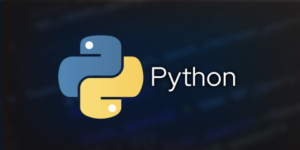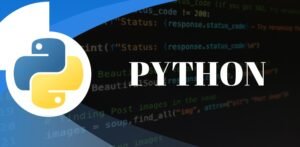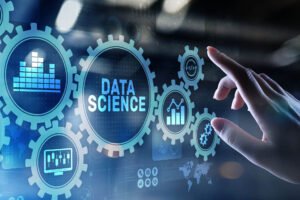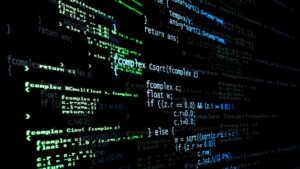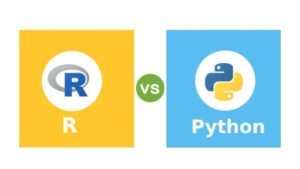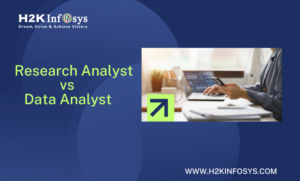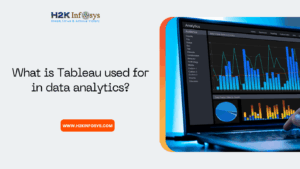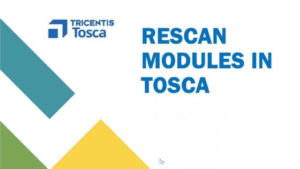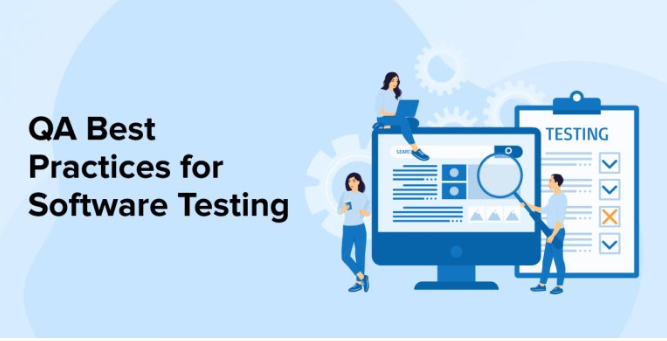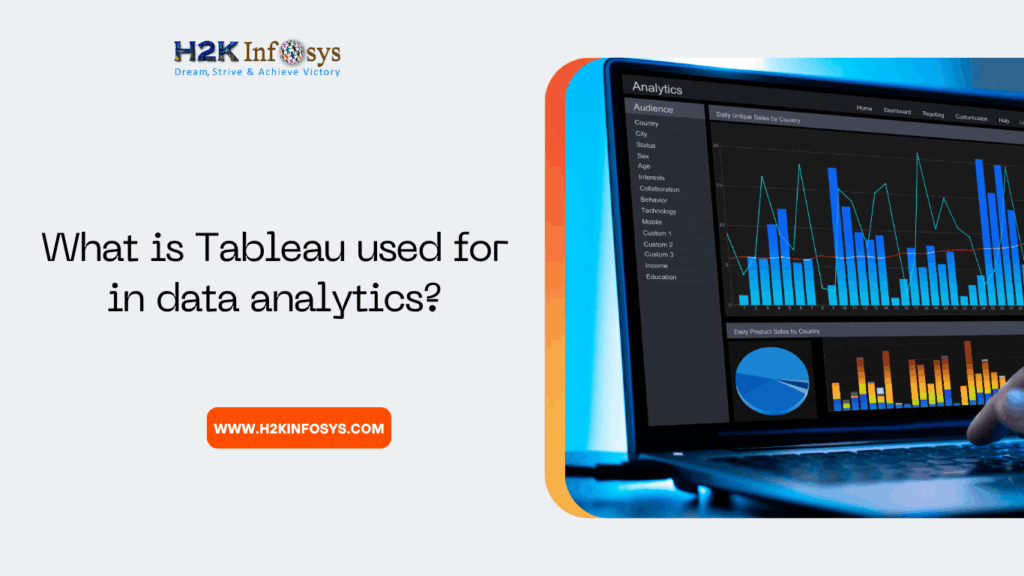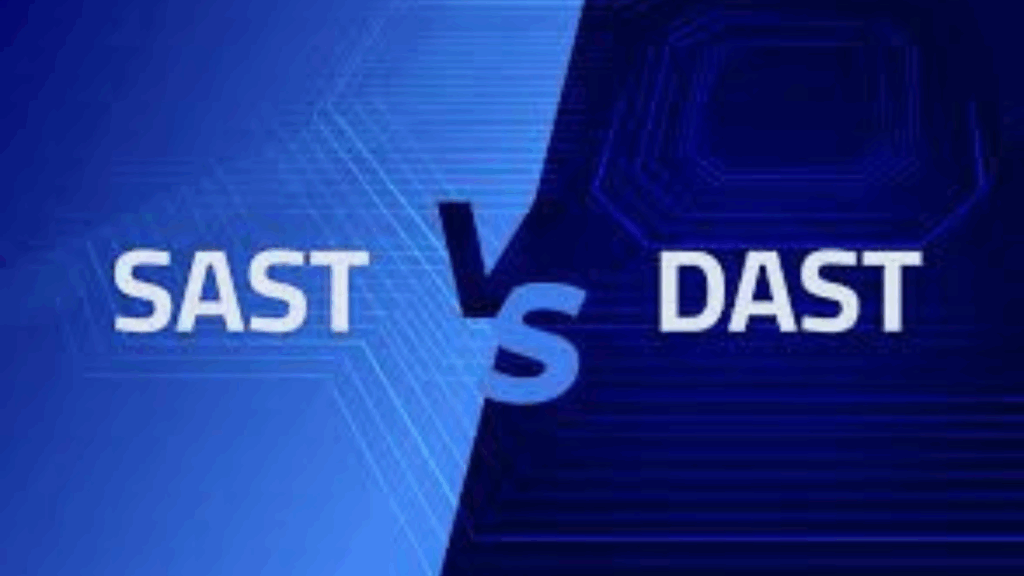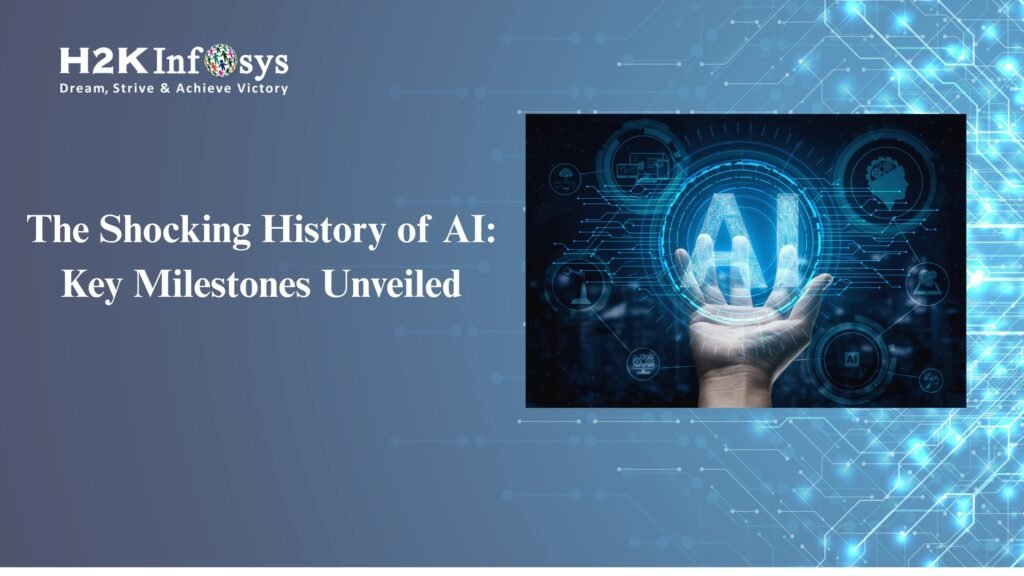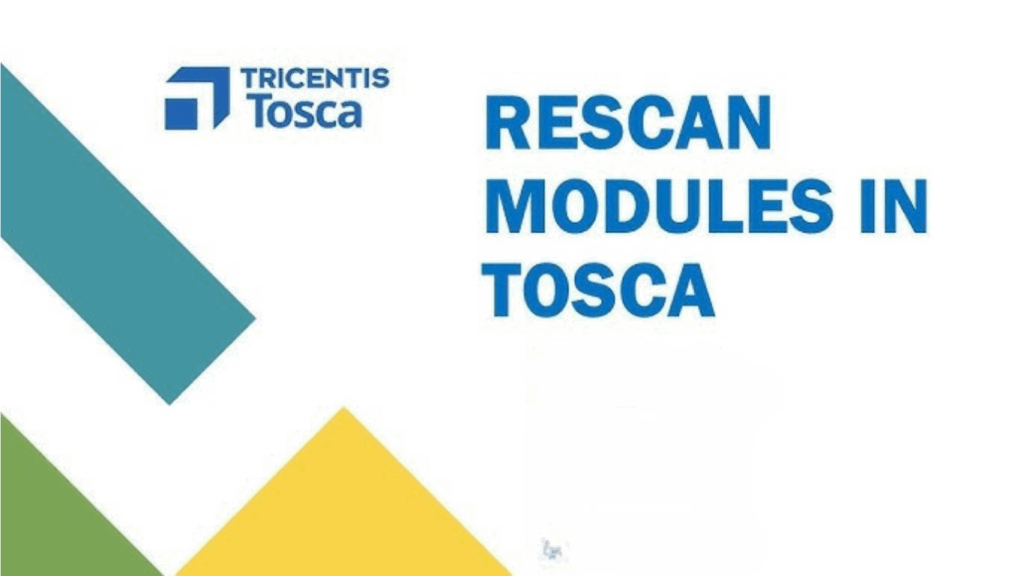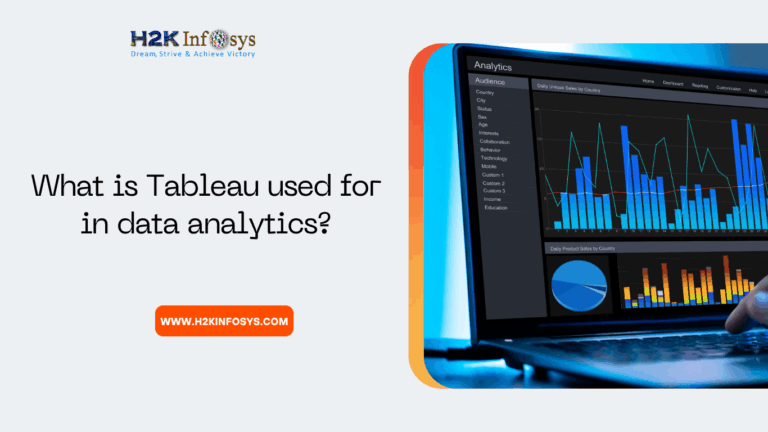Data science is an ever-expanding field, and landing an internship can be a pivotal move toward establishing a thriving career. Whether you’re a beginner or shifting into data science from a different industry, thorough preparation for your interview is crucial. In this blog, we’ll explore the top 30 interview questions commonly asked for data science internships. We’ll not only present these questions but also offer in-depth answers, practical examples, and professional insights to help you confidently excel in your interview and secure the position.
If you’re preparing for a data science role, consider enrolling in H2K Infosys Data Science using Python Online Training to strengthen your knowledge and skills. This course offers Data science training with placement to give you a competitive edge in the job market.
Introduction
As a Data Science intern, you will be expected to demonstrate foundational knowledge of key concepts and tools used in the industry. These interviews typically cover areas like statistics, machine learning, Python programming, and data manipulation. Employers often assess your ability to analyze data, draw meaningful insights, and apply machine learning techniques to solve problems.
The following guide presents the top 30 interview questions that will help you land that coveted internship, with examples and explanations for better clarity.
What is Data Science, and why is it important?
Answer:
Data Science involves the extraction of meaningful insights from vast datasets using statistical methods, algorithms, and machine learning models. It helps organizations make informed decisions, predict trends, and optimize operations. For example, companies like Amazon use data science to recommend products to customers based on past behavior.
Explain the difference between supervised and unsupervised learning.
Answer:
In supervised learning, the model is trained on labeled data, meaning that the output is known (e.g., classification tasks). In contrast, unsupervised learning deals with unlabeled data, where the model tries to identify patterns or groups (e.g., clustering).
What are outliers? How can they be detected and treated?
Answer:
Outliers are extreme values that differ significantly from the rest of the data. They can be detected using statistical tests, visualizations (box plots, scatter plots), or Z-scores. Treatment involves removing them, transforming data, or capping their values.
Describe the bias-variance tradeoff in machine learning.
Answer:
The bias-variance tradeoff refers to the balance between a model’s complexity and its accuracy. High bias (underfitting) leads to oversimplified models, while high variance (overfitting) causes models to be too complex. A good model achieves an optimal balance between bias and variance.
What is cross-validation, and why is it important?
Answer:
Cross-validation is a technique for evaluating model performance by splitting the data into training and test sets multiple times. It prevents overfitting and ensures the model generalizes well to new data. K-Fold Cross-Validation is a popular method.
Key Concepts and Practical Examples
Explain what overfitting is and how to avoid it.
Answer:
Overfitting occurs when a model learns the noise in the data instead of the signal, resulting in poor performance on new data. It can be avoided by using techniques like regularization (L1/L2 penalties), pruning decision trees, and cross-validation.
What is the difference between data normalization and standardization?
Answer:
Normalization scales data to a range (e.g., 0 to 1), while standardization scales data based on its mean and standard deviation, ensuring a mean of 0 and a standard deviation of 1. Standardization is preferred when the algorithm assumes normally distributed data.
How do you select important features for a dataset?
Answer:
Feature selection can be done using techniques like Recursive Feature Elimination (RFE), Lasso regression, and Tree-based algorithms (e.g., Random Forest feature importance). These methods help in identifying and keeping only the most relevant features.
What is a confusion matrix?
Answer:
A confusion matrix is used to evaluate the performance of a classification algorithm. It displays true positives, false positives, true negatives, and false negatives. From this matrix, you can calculate metrics like accuracy, precision, recall, and F1-score.
Explain the concept of p-value in statistical tests.
Answer:
The p-value measures the probability of obtaining results as extreme as those observed, assuming the null hypothesis is true. A p-value less than 0.05 typically indicates statistical significance, meaning the observed effect is unlikely to have occurred by chance.
Python-Specific Questions for Data Science
What libraries are used in Python for Data Science?
Answer:
Common libraries include:
- NumPy: For numerical operations.
- Pandas: For data manipulation and analysis.
- Matplotlib/Seaborn: For data visualization.
- Scikit-learn: For machine learning algorithms.
How would you handle missing data in a dataset?
Answer:
Missing data can be handled by:
- Removing rows/columns with missing values.
- Imputation (filling missing values with mean, median, or mode).
- Using algorithms that can handle missing values, such as decision trees.
Explain what a Jupyter Notebook is.
Answer:
Jupyter Notebooks are open-source web applications that allow users to create and share documents containing live code, equations, visualizations, and narrative text. They are widely used in data science for exploratory analysis.
What is the difference between a list and a tuple in Python?
Answer:
A list is mutable, meaning its elements can be changed after creation, while a tuple is immutable and cannot be altered once defined. Lists are more flexible, but tuples are more efficient for fixed collections of items.
Industry-Relevant Case Studies and Challenges
Can you walk us through a data science project you’ve worked on?
Answer:
In this question, describe a project in detail, including problem definition, data collection, preprocessing, modeling, and evaluation. Highlight your use of tools like Python, Pandas, Scikit-learn, and any machine learning models you deployed.
How would you explain machine learning to a non-technical person?
Answer:
Machine learning is about teaching computers to learn from data without being explicitly programmed. For example, a recommendation system like Netflix learns what shows you like based on your past viewing history and suggests similar shows.
Crucial questions:
What is a p-value in hypothesis testing?
Answer:
The p-value measures the probability that the observed data would occur by random chance. A p-value less than 0.05 typically indicates statistical significance, suggesting that the null hypothesis can be rejected.
How does a decision tree work?
Answer:
A decision tree splits the data based on feature values to create a tree-like model of decisions. At each node, the dataset is split into two or more homogeneous sets based on the most significant variable.
What is K-Nearest Neighbors (KNN), and how does it work?
Answer:
KNN is a simple algorithm that classifies data points based on the majority class of their nearest neighbors. It calculates the distance between points using metrics like Euclidean distance.
What is linear regression, and how does it work?
Answer:
Linear regression models the relationship between a dependent variable and one or more independent variables using a straight line. It assumes linearity between variables.
What is a random forest, and how does it differ from a decision tree?
Answer:
Random forest is an ensemble method that combines multiple decision trees to improve accuracy and reduce overfitting. It averages predictions from several trees to make a final prediction.
What is logistic regression, and when is it used?
Answer:
Logistic regression is used for binary classification problems, where the outcome is a probability between 0 and 1. It applies a logistic function to linear regression outputs to constrain predictions within this range.
How do you evaluate the performance of a machine learning model?
Answer:
Common metrics include accuracy, precision, recall, F1-score, ROC-AUC, and mean squared error for regression. Choose metrics based on the model and task.
What is gradient descent, and how does it work?
Answer:
Gradient descent is an optimization algorithm used to minimize the cost function. It iteratively updates the model parameters in the direction of the negative gradient of the cost function.
Explain principal component analysis (PCA).
Answer:
PCA is a dimensionality reduction technique that transforms a large set of variables into a smaller one by finding new variables (principal components) that maximize variance while minimizing information loss.
What is a support vector machine (SVM)?
Answer:
SVM is a supervised learning algorithm used for classification and regression. It finds a hyperplane that best separates data points into classes while maximizing the margin between them.
How do you deal with imbalanced datasets?
Answer:
Techniques include:
- Resampling the dataset (undersampling the majority class or oversampling the minority class).
- Using algorithms designed for imbalanced data, like weighted decision trees.
- Using performance metrics such as precision, recall, and F1-score instead of accuracy.
Explain clustering and list some popular clustering algorithms.
Answer:
Clustering is an unsupervised learning method used to group data points based on similarity. Popular algorithms include K-means, DBSCAN, and hierarchical clustering.
What is a time series, and how is it different from other data?
Answer:
A time series is a sequence of data points collected at consistent time intervals. It differs from other data because it incorporates a temporal component, meaning the order of data points matters.
What is A/B testing?
Answer:
A/B testing is a statistical method used to compare two versions of a variable (e.g., a webpage) to determine which one performs better. It is widely used in marketing and product development.
Conclusion
Mastering these data science intern interview questions will help you tackle any challenge thrown at you during interviews. As you prepare, make sure to practice coding, review key concepts, and work on real-world projects. Hands on learning is essential, which is why H2K Infosys Data Science using Python Online Training is designed to give you both theoretical knowledge and practical experience.
By enrolling in this program, you’ll benefit from:
- Comprehensive data science training with placement opportunities.
- Access to Free data analyst training and placement resources.
- The chance to earn a data science certification online free, boosting your credentials.
Key Takeaways
- Data Science interviews often test your knowledge of statistics, machine learning, and Python programming.
- Be prepared to answer questions about real-world projects and industry-relevant problems.
- Hands-on experience is critical to success, so ensure you’re working on real datasets and applying machine learning models regularly.
Call to Action:
Ready to advance your career in Data Science? Enroll in H2K Infosys’s Data Science using Python Online Training for a comprehensive learning experience that includes data science training with placement assistance. Don’t miss the opportunity to learn from industry experts and secure a Data science certification online free. Sign up now!


